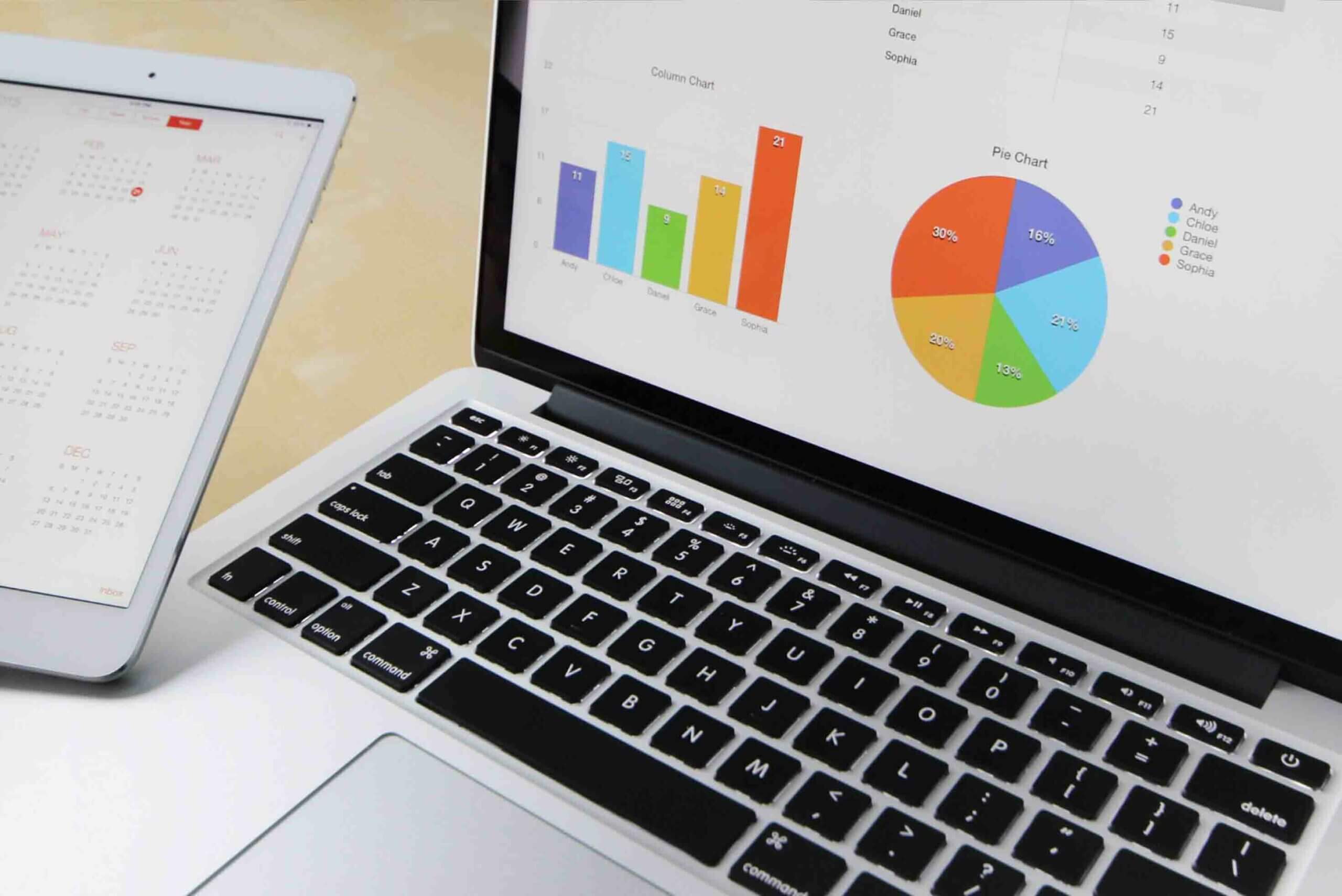Whether you run a large company with many employees or a small one, you have to pay your staff members with a payroll software, especially in South Africa. However, maintaining an efficient payroll system is not cheap – it will cost you money, no doubt, but it also doesn’t need to consume too much time. But, this is only possible with the right payroll software in South Africa.
Your payroll process can be optimised when you track and measure the right metrics, and in the wise words of Peter Drucker, a management legend, “If you can’t measure it, you can’t improve it.” And that is the primary reason why payroll metrics are measured – to improve the efficiency of the organisation’s payroll.
Importance of Payroll Measurement
Payroll measurements help prevent inadequacies in payroll. When these occur in the payroll process, not only does it lead to your employees being unhappy, it also leads to the company losing resources. Payroll metrics evaluate the cost of your payroll process and how efficient and accurate it is.
Now that we have gotten that definition and importance out of the way, we will explore six important payroll metrics you should measure and how you can measure them.
6 Important Payroll Metric you Should Measure in a Payroll Software in South Africa
1. Time to process the payroll
Several stages are involved in the payroll processing, so measuring how much time is invested is important. This metric tells you how much time is spent running payroll, thereby allowing you to find ways to make the process more time-efficient.
How to measure this payroll metric
Payroll managers should be charged with noting and reporting the time it takes them to complete each payroll run, including the time spent fixing payroll errors that arise and reviewing the data at the start of the process.
2. Cost of Payroll
From the first metric mentioned above, we have explained that payrolling takes time, and in business, time equals money, so payroll costs must be measured. Cost factors that should be taken into consideration include:
- Cost of payroll software in South Africa used for the payroll process
- Salary of those responsible for payroll management
- Cost of payroll errors
- Overtime paid out
How to measure this payroll metric
Measure these cost factors over a specified period, then compare the value to the size of the company, the payment schedule, and the total number of employees in the company.
3. Accuracy Rate
When it comes to payrolling, perfectionism is necessary because less than perfect means errors in the payroll that would often result in late and inaccurate payments.
To ensure accuracy in payrolling, consider the following:
- Salary types
- Pay groups and pay grades.
- Leave categories
- Statutory deductions
- Time tracking
How to measure this payroll metric
Record all payroll errors detected per pay period. After a specified time, say six months, divide the number of payroll runs by the total number of times you record errors.
4. Overtime
Once again, we have another metric that shows us that time is money. Naturally, employees should be paid for work done outside or past their official working hours. But first, find out why they are working overtime in the first place and if something can be done about it.
For example, they could be working overtime because a piece of equipment they use for their work is not as efficient as it should be – that is something you want to look into.
Measuring overtime helps you know how efficient your teams are – are they short-staffed? Do they need upgrades on the tools they work with? Is their productivity optimal?
How to measure this payroll metric
Sum up all the overtime costs per payroll run, and analyse this value by the teams and departments in the company.
5. Paid time-off taken by employees.
Depending on the situation, employees are legally entitled to different types of leave – sick leave, maternity leave, annual leave, etc.
Time-off might be legally owed to employees, but every hour of paid time-off is a cost to the company. As such, this cost should be recorded and tracked.
How to measure this payroll metric
Divide the yearly PTO hours by annual work hours to calculate paid time off by pay period. You may also analyse employee time-off patterns to reveal trends such as the minimum, average and maximum number of leave days used. With this information, you can make informed choices to better efficiency in your workspace.
6. Cost of training for new hires
Measuring the cost of training of new hires will help monitor how much time and money goes into this activity and help devise ways to reduce training costs.
How to measure this payroll metric
Calculate the total amount of money that goes into training the new hires and divide the value by the number of hired people. Don’t forget to consider the time spent, equipment used, instructors’ time, and travel expenses in your calculations.
An efficient training period should have long-term benefits and lower turnover rates.
Is there an easier way to measure these metrics in a payroll software in South Africa?
Running payroll requires several moving parts and a lot of organisation from the payroll team. This is why it is advisable to use a payroll software in South Africa, Nigeria, Tanzania, Zambia, Gambia, Ethiopia, Botswana and other African countries that will streamline your payroll processing and help you keep track of the important metrics.
SeamlessPayroll is a payroll software in South Africa that offers overall increased efficiency and reduced cost of payrolling, with the added advantage of fast payroll processing, and access to a wealth of payroll reports ranging from the master payroll report to variance reports that let you compare your payroll budget with the actual amount spent. You can also create custom reports so you can be sure you have all your bases covered.






